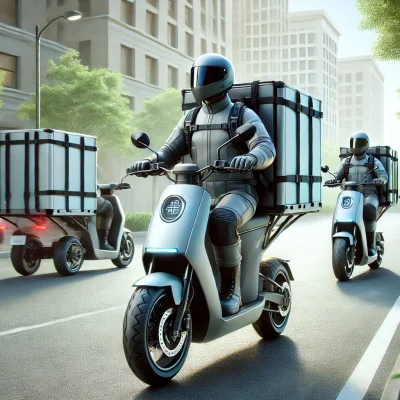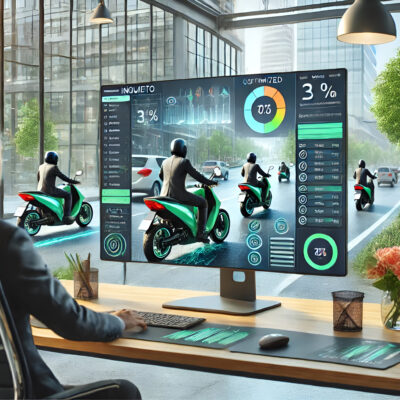Electric mobility continues to evolve rapidly, driven by technological advances, regulatory changes and a growing demand for sustainable solutions. As 2024 draws to a close, a few key trends continue to transform the industry, and the companies that understand their impact will be the ones that are better prepared to adapt and remain competitive.
Massive deployment of charging infrastructures
The deployment of electric vehicle (EV) charging infrastructures is gaining pace, driven on by the European Union’s Alternative Fuels Infrastructure Regulation (AFIR). It particularly affects rapid and ultra-rapid charging stations in urban areas and transport corridors. This growth will mean new opportunities for businesses looking to join the sustainable transformation and expand their electric fleets.
Investing in fleet adaptation and charging infrastructure can afford competitive advantages. Businesses can also attract a new consumer segment, installing charging stations at their facilities and adding value to their assets.
Advances in batteries and autonomy
Battery technology will be a crucial factor in the coming years. The commercial arrival of solid-state and lithium-ion batteries with higher energy density is expected, which will increase the autonomy of EVs and reduce charging times. These improvements will also lower the total cost of ownership, removing the key barriers that are currently slowing down mass adoption.
For businesses, this will mean more efficient logistics routes and lower operating costs, thanks to the greater durability and performance of the new batteries. Adopting these innovations will enable companies to reduce their CO2 emissions and comply with increasingly stringent environmental regulations.
Energy ecosystems and the rise of renewable energy
The relationship between electric mobility and renewable energy will be a critical trend as from the end of 2024. Further to the current evolution, the demand for clean and sustainable energy sources is expected to increase even further.
The deployment of solar and wind farms, along with battery energy storage systems, will allow electric vehicles to be charged with electricity from renewable sources, further reducing their carbon footprint.
Boost through government policies
Government policies will continue to serve as a catalyst for electric mobility. More countries are expected to implement increasingly aggressive policies to discourage the use of internal combustion vehicles, through restrictions on movement, higher taxes and the promotion of tax incentives for the acquisition of EVs.
For companies, being aware of these regulations will be essential in order to avoid the penalties and maximise the tax benefits available. Businesses that adopt a proactive strategy in the electrification of their fleets will be better positioned to comply with environmental regulations.
So, during the course of what remains of 2024, as in the years to come, electric mobility will continue its path towards mass adoption, driven by technological advances, favourable policies and a shift towards a more sustainable transportation model. Companies that adapt to these trends will be better prepared to make the most of new opportunities, optimise operations and comply with the ever more stringent sustainability standards.





